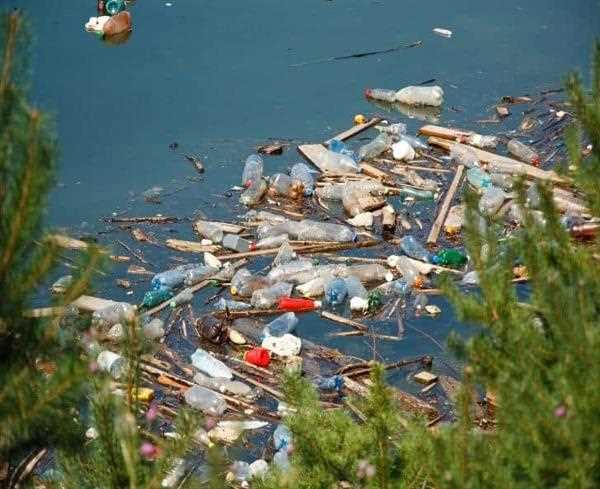Rivers are one of the most important natural resources on the planet. They provide water for drinking, irrigation, and industry; they support fisheries, and they are a source of recreation. Unfortunately, rivers are also one of the most polluted natural resources on the planet.
There are many different sources of river pollution. Industrial facilities discharge pollutants into rivers. Municipal sewage treatment plants discharge treated effluent into rivers. Agricultural runoff, stormwater runoff, and urban runoff all contribute pollutants to rivers.
There are many different ways to reduce river pollution. industries can install pollution-control technologies. Municipalities can upgrade their sewage treatment plants. Agricultural producers can implement Best Management Practices. Stormwater management facilities can be constructed.
The most effective way to reduce river pollution is to prevent it from happening in the first place. This can be done through a combination of regulatory measures and voluntary measures.
Regulatory measures can include standards for discharge from industrial facilities and sewage treatment plants.
Voluntary measures can include education and outreach to industries, farmers, and urban residents about how they can prevent pollution.
There are many ways to reduce the pollution of rivers, but some of the most effective measures include:

1. Reducing the amount of waste that is produced: This can be done by encouraging people to recycle and by increasing the efficiency of manufacturing processes.
2. Improving waste management: This means making sure that waste is disposed of properly and not dumped into rivers.
3. Preventing pollution at the source: This can be done by better regulating industries that pollute rivers and by educating people about the importance of keeping rivers clean.
4. One measure is to increase the amount of green space near rivers: This can help to filter out some of the pollutants that are carried by runoff from streets and parking lots.
5. Cleaning up rivers: This involves removing pollutants from rivers and restoring them to their natural state
6. Protecting rivers: This means taking measures to ensure that rivers are not damaged or polluted in the future.
7. Finally, It is also important to educate the public about the importance of not polluting rivers. This can help to reduce the amount of pollution that is introduced into rivers each year.
These are just some of the measures that can be taken to reduce the pollution of rivers. If we all work together to implement these measures, we can make a real difference in the health of our waterways.